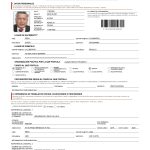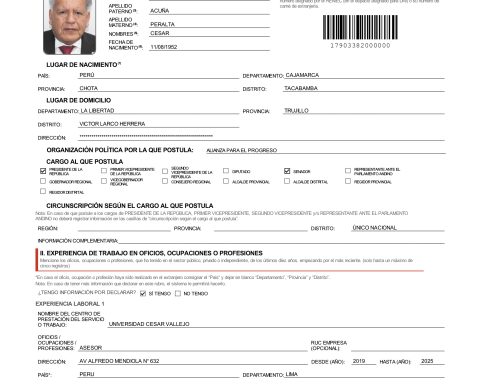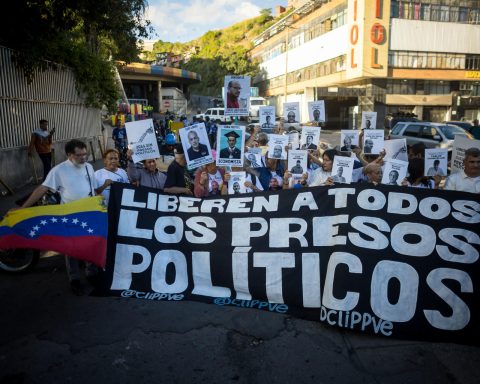Page Seven Digital
A new study by CAF -the Development Bank of Latin America- establishes that in households in four Latin American countries, women make fewer financial decisions than men.
The document states that 33% of women say they make financial decisions on their own, compared to 48% of men. The study also advocates improving women’s access to the financial world to end gender gaps, cites an institutional bulletin.
The study, called Financial capabilities of womenhighlights the existing gender gaps in Brazil, Colombia, Ecuador and Peru and the need to create systems of gender indicators to improve women’s access to the financial sector and thus be able to design policies that reduce inequalities.
In this sense, “financial education must cover risk management, money management, responsible and informed access to the credit system, women’s self-confidence, and digital and negotiation skills,” says CAF.
In addition, it points out that in order to achieve financial equality in the programs or measures that are put in place, it is essential to also involve men.
You can also read: Government authorizes signing credit of $35 million with CAF for irrigation
According to the survey carried out in the mentioned countries, fewer women affirm that they personally make decisions on the management of finances, which represents a gender gap of 15 percentage points.
In addition, more women (67%) than men (52%) require other people to decide on finances. One of the reasons – the study points out – is the lower autonomy of women, since their participation in financial decisions increases when they contribute to the household income and have higher levels of financial education.
“It is necessary to work on the implementation of national strategies or financial education programs and create systems of gender indicators to design public policies that reduce inequalities and encourage greater participation of women in the economy of their countries. This implies working to reduce the gaps in financial behaviors, planning, knowledge and attitudes, as well as in financial inclusion and vulnerability”, says Diana Mejía, senior specialist in Financial Inclusion at CAF, reviews the bulletin.
The publication also reflects the gender gap in the use of digital media for managing finances, very low in the four countries for both men and women.
Another striking fact is that only 24% of men and 17% of women use a banking application.
Savings levels are low in all four countries, with women tending to save less than men.
Brazil has the highest gap (11 percentage points difference) and Peru has the highest percentage of men (51%) and women (42%) who save. The fact that women save less, according to the study, could be due to their lower participation in the labor market and the wage gap between men and women.
You can also read: Opposition will investigate Bolivia’s economic and contractual relationship with Russia
Another section analyzes financial knowledge (calculation of simple interest, compound interest and inflation) which, in general, is very low. The low self-confidence of women and the greater knowledge of men is visible, being high in Colombia, Ecuador and Peru (equal to or greater than 5), while Brazil remains at 4.71 and 4.40 for men and women. .


















